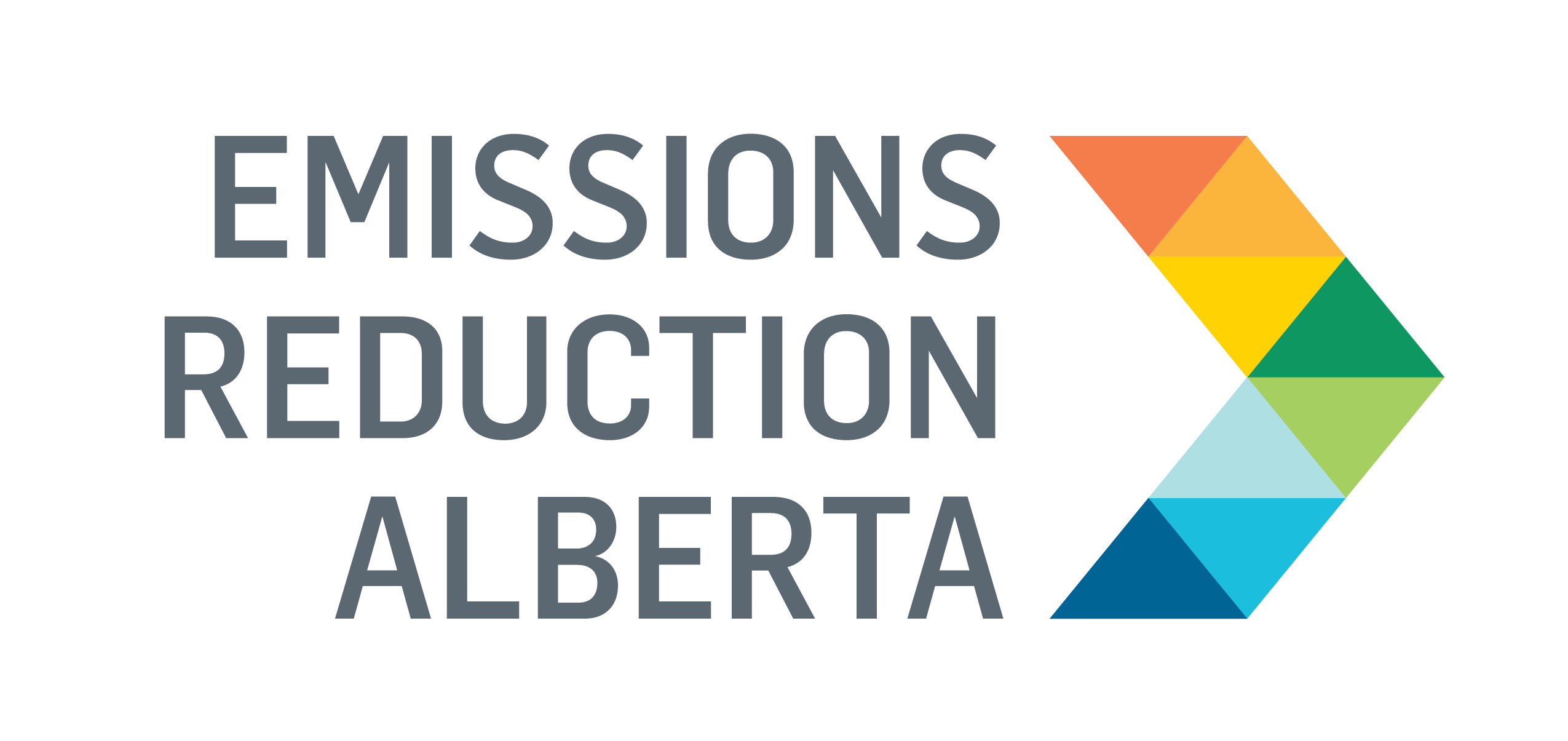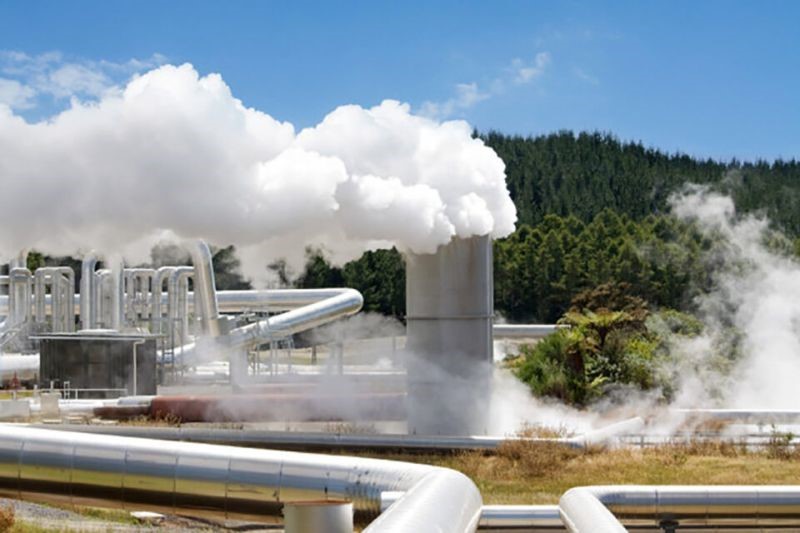Geothermal energy used to be a renewable energy source relegated to the fringes, but a project in Alberta promises to usher in a new era of clean energy that could spur an entirely new industry in the province.
Razor Energy, in partnership with FutEra Power, is currently developing the first-of-its-kind geothermal and natural gas hybrid power project in Swan Hills, located about 220 -kilometres north west of Edmonton. Once construction is complete, the $20 million project will produce 21 megawatts of electricity that is expected to offset 31,000 tonnes of greenhouse gas (GHG) emissions annually.
“One of the very first visits to the field I put my hand on that pipe and was surprised by how hot it was,” said Lisa Mueller, President and Chief Executive Officer for FutEra Power. “We are 110 degrees Celsius at the surface and we’re not even trying—that’s geothermal.”
Razor currently operates an enhanced oil recovery operation in Swan Hills, which allows it access to an underground reservoir, bringing hot water to the surface as a co-produced by-product of the upstream oil and gas production operation. This hot water provides FutEra with the opportunity to capture geothermal heat energy and generate power with zero GHG emissions. The water is then re-injected back into the well through high-pressure pipelines, establishing a hydrogeological loop.
Swan Hills has one of the largest oil and gas reservoirs ever discovered in Alberta and has been producing light oil since 1960. Over the past 60 years, the reservoir has slowly been depleted and replaced with water, which is known in the industry as a fresh water enhanced oil recovery scheme.
“There has been a lot of conversation in Alberta and Western Canada about repurposing abandoned or suspended wells, but we’re looking at using existing and producing resources and co-producing geothermal energy along with the hydrocarbon,” said Jonathan Banks, Director of Geothermal Energy and Development with the University of Alberta’s Future Energy Systems program.
“The Swan Hills region is now in the late stages of its life cycle, so what typically happens is people will inject water pressure into the reservoir to try and drive the remaining hydrocarbons out of it. A consequence of doing that is the water heats up and is then reproduced with the hydrocarbon,” Banks added.
He said what typically happens when you do this is that as the oil field gets older you start to produce more and more water and less oil or gas.
“In Swan Hills, they are producing between 95 to 98 per cent water, which is still profitable for them, but the question now is what can we do with all of this hot wastewater to add value to the operation?” said Banks.
Razor has been trying to explore ways they can reuse the heat content of the water to produce electricity to run their operations, which has both a financial and environmental benefit.
To find the best location to do this, Banks and his team developed several methodologies to pinpoint the best spot.
With that information in hand, Razor Energy and FutEra decided the best way to harness the geothermal energy was to build a new natural gas plant to power their operations and use the waste heat created by the plant to heat the water back up to a hot enough temperature to run a secondary generator while simultaneous cooling the power plant.
According to Banks, the company needs to heat the water back up because once it enters the central separator to separate the oil and gas from the water, it’s cooled down to about 80 degrees, which is on the cold side for geothermal energy.
Razor will be able to use this process to generate electricity 24-hours-a-day, 7-days a week and provide the province with a baseload of reliable electricity.
“It’s a brilliant idea and a made-in-Alberta solution,” said Banks.
Sixty years of data shows the water temperature has remained hot enough over the past six decades to generate electricity, which is critical for the long-term viability of the project.
“The reason that is important is because it’s called security of supply. In geothermal that matters a lot because you’ve de-risked your source significantly,” said Mueller.
She said the data has been further validated because they have been injecting cold water into the reservoir and it comes back just as hot. It’s also a near limitless supply.
“There’s billions of barrels of fluids in place and on an annualized basis with this project we’re only attempting to replace two to three per cent of the overall volume of the reservoir,” said Mueller.
Besides having the perfect location to produce geothermal energy, the project also promises to help repurpose oil and gas reservoirs.
“We really want to show that co-production is a good idea. If we can take existing infrastructure, such as pipelines, facilities, roads, reservoirs, and even people, and find a new purpose for these existing assets, it’s a win-win,” said Mueller. “It’s a wonderful story for both green energy and for the oil and gas sector.”
The Canadian Geothermal Energy Association (CanGEA) warmly welcomed the new project.
“Alberta has long championed the geothermal industry, starting with the Swan Hills project whose feasibility study by CanGEA member Borealis GeoPower was supported by Alberta Energy Research Institute (AERI) almost 15 years ago,” said Manjot Klair a policy manager for CanGEA.
“It is satisfying for the industry, academia, NGOs, and government players to see an idea for a pilot project grow into a replicable, industry-scale project. Many stakeholders will benefit from this project, not the least of which is the environment.”
ERA has committed $10 million to this nearly $30 million project, with a portion of this funding commitment supported by the federal Low Carbon Economy Leadership Fund. A precursor project received financial support from Alberta Innovates and Natural Resources Canada (NRCan), and was then referred to ERA through the Partnership Intake Program due to it’s demonstrated success.
“When you look at starting new innovative technologies like the one that we started, that early support from the government made all the difference,” said Mueller. “We’re a junior oil and gas company and it’s tough to find the room to do this, but we had the right asset so we’re very, very grateful Emissions Reduction Alberta gave us a chance to get started.”

